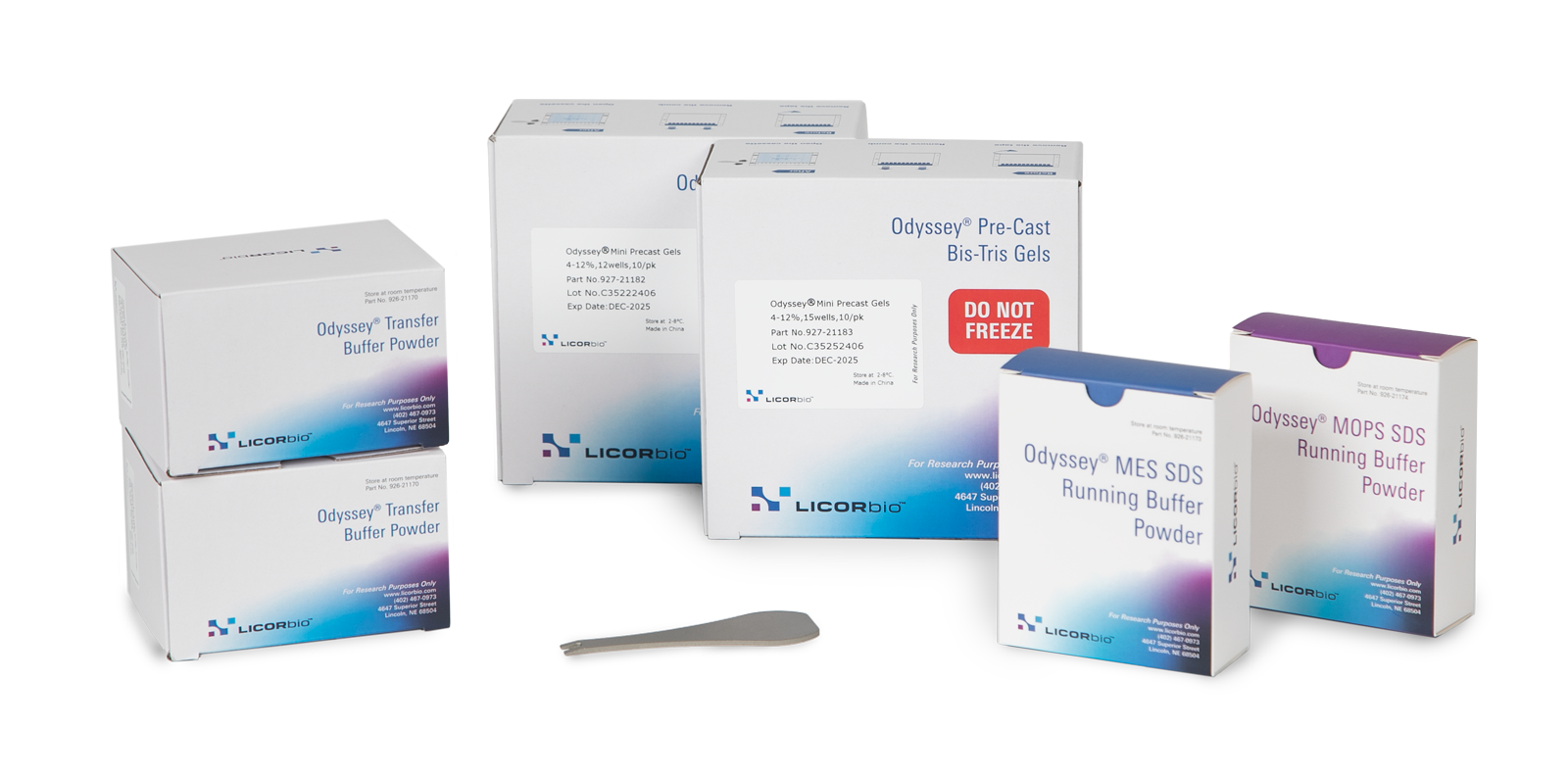Microscopy Using IRDye® Infrared Dyes
The benefits of near-infrared imaging, both in vitro and in vivo, have generated intense interest in near-infrared microscopy. Most microscopes are outfitted for detection of visible fluorescent wavelengths and not near-infrared wavelengths, so questions may arise about how to perform microscopy with IRDye near-infrared (NIR) fluorescent dyes.
Although LI-COR does not provide microscopy equipment, we have evaluated the near-infrared detection capabilities of microscopes from several manufacturers, particularly in the ~800 nm wavelength region. We are pleased to provide you with guidelines and recommendations for configuring an Olympus or Zeiss microscope for near-infrared detection. The microscope manufacturer can also offer technical assistance.
Microscopic Evaluations Using IRDye Conjugates and Probes
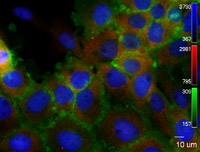
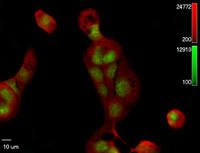
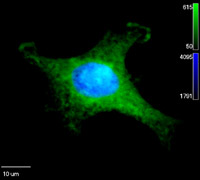
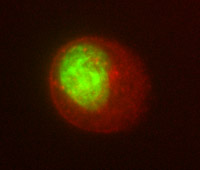
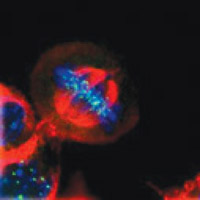
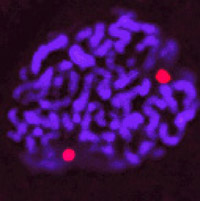
Images
- Figures 1-3: Olympus IX71/IX81 inverted epifluorescent deconvolution microscope. Outfitted with xenon light source, standard Cy7 filter set used for imaging of IRDye 800CW, and CCD camera with extended spectral range.
- Figure 4: Zeiss Axio Imager epifluorescent deconvolution microscope. Outfitted with xenon light source, IRDye 800CW custom filter set from Chroma Technology (EX: HQ760/40x, DC: 790DCXR, EM: HQ830/50m), and CCD camera with extended spectral range.
- Figure 5-6: Leica DM RXA epifluorescent deconvolution microscope. Outfitted with xenon light source, IRDye 800 filter set from Chroma Technology (EX: HQ740/35x, DC: 770DCXR, EM: HQ780LP), and Cooke Sensicam CCD camera without extended spectral range (quantum efficiency for IRDye 800 emission ~5-10%). Images courtesy of Mark Winey and Harold Fisk, Dept. of Molecular, Cellular, and Developmental Biology, University of Colorado at Boulder.
Near-Infrared Fluorescence Offers Advantages for Microscopy
Unlike conventional visible fluorophores, IRDye fluorophores absorb and emit light in the NIR region of the light spectrum. Since most biomolecules have very low autofluorescence in the NIR region, IRDye 800CW Infrared Dye provides a level of performance not available with visible dyes. Emission of IRDye 800CW Infrared Dye is separated by more than 100 nm from most commonly used dyes (Cy5, for example, emits at 670 nm), so there is no risk of spectral overlap or cross-talk between channels. Bright, clear images with extremely clean backgrounds and excellent sensitivity like those shown are typical with LI-COR's IRDye fluorophores.
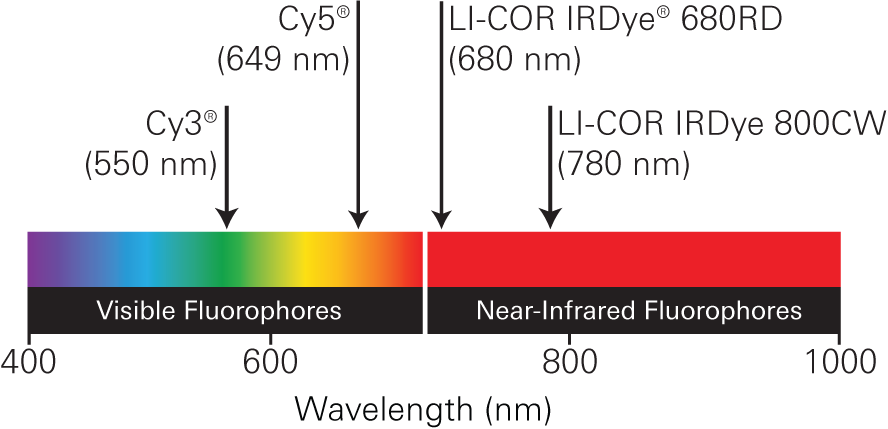
The Infrared Advantage
- Very low autofluorescence produces images with exceptionally low backgrounds
- Lower-energy NIR excitation wavelengths cause less sample damage than visible wavelengths
- NIR dyes have no spectral overlap with visible dyes
- Multiplex and co-localize without concerns about channel cross-talk or overlap
- Visualize your NIR dye-labeled agent in cells or tissue sections
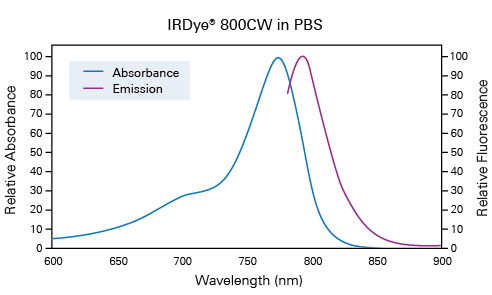
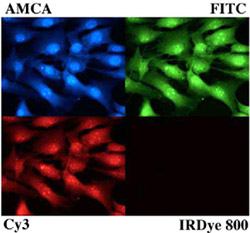
- AMCA (blue) 5592 msec
- FITC (green) 4977 msec
- Cy3 (red) 6007 msec
- IRDye 800 Infrared Dye 17578 msec
Exposure Times:
Image was captured with Leica DM RXA epifluorescent deconvolution microscope, outfitted as follows: xenon light source, IRDye 800 filter set from Chroma Technology (EX: HQ740/35x, DC: 770DCXR, EM: HQ780LP), and Cooke Sensicam CCD camera without extended spectral range. Image courtesy of Mark Winey and Harold Fisk, University of Colorado at Boulder.
